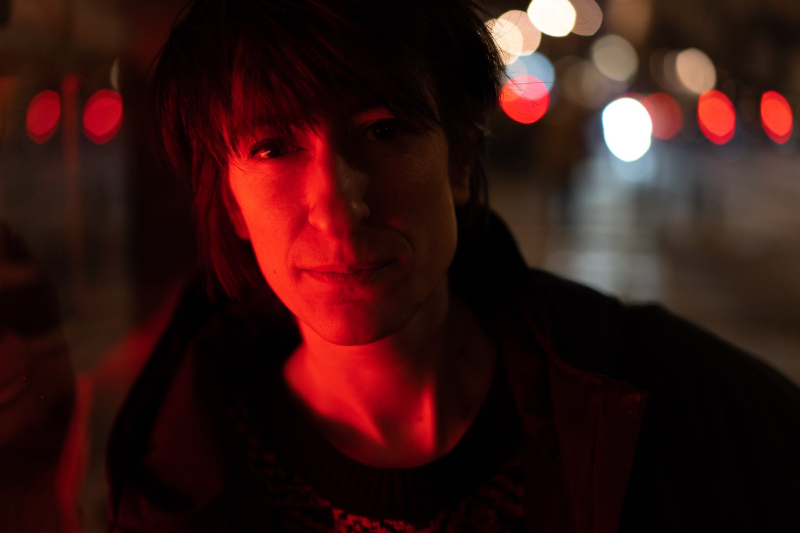Elisa VDK (she) is a Brussels-based video maker, lesbian and feminist. Her first documentary “Les Nouvelles Guérillères”, aims to highlight Brussels’ feminist collectives and their daily struggles to make Brussels and its urban space more egalitarian, less sexist and less racist.
These collectives work in different ways: collages, bicycle rides, feminist and decolonisation walks. This documentary therefore highlights the discrimination and harassment suffered on a daily basis by women and gender minorities in Brussels, but also reveals, in a more positive way, all the forms of action put in place to counter patriarchy.
I met Elisa to discuss about her work as a video artist and feminist in Brussels.
According to her, “queer”, “documentary” and “cultural” would be the three words that best define her current projects.
What are the challenges you have faced as a woman and a lesbian in the audio-visual field?
Honestly, I have been very lucky. I feel that during my career, first as an employee in a communication company as a video journalist, and then as a freelancer for more than eight years now, I have been lucky.
Maybe because it’s something [sexual orientation] that I didn’t particularly emphasise and then I had caring people around me. However, I have a lot of friends in the AV world who have suffered and been discriminated against either because of their gender, or their sexual orientation, or even just being a woman and being seen as someone who still has everything to learn when they are ultra-talented.
Do you feel that this sector is still mainly male-oriented?
Yes, so let’s be honest, I’m a freelancer so I sometimes work in teams but most of the time I’m an editor, a cameraman and I often do all the steps of the audio-visual production by myself.
On the other hand, when I worked in this communication company, it was all guys! The girls only had the journalist jobs. On the technical side, it was mainly men.
Now, the only person I can cite as an example and whose contact I can give as a cool queer woman videographer is Diana Vos. I met her by chance, during the shooting of my documentary. Beyond queerness, she is the first female videographer I could recommend, who is talented and who does the same job as me. And it’s crazy, because I met her only two years ago.
Has your work had an impact on your vision of Brussels in any way?
Um, it depends. Since I’m from Brussels, there was a desire to show what Brussels was like in this documentary. But in fact, it’s true that filming the city and more specifically, filming with the collectives in the city, it gave a very interesting dimension.
If you ask me if there is a before/after, yes clearly, there were spots that I thought were cool or that I had been passing by for years without ever asking myself any questions, which became, effectively, a bit of a trigger because these collectives informed me, for example, about the layout of these places, which was very badly thought out, or about certain dangerous areas when you are a woman or a gender minority and you come home at a certain time of the night.
So it’s true that I wanted to show the city of Brussels because it was beautiful and there were certain places that I liked a lot, but after having tackled these themes of gender and harassment, I have a new way of looking at certain places that I have always known. I see them through the testimonies of the women* I interviewed.
Would you have an anecdote related to your documentary to share with us? An anecdote from the shooting or from a screening?
Yes, there is an anecdote that struck me a little. We were doing interviews with each person or each group in an outdoor spot and systematically, each time we landed in a new spot (the interview lasted about an hour), after about twenty minutes there was someone who came to bother us, either cops, or drunk guys, or guys who absolutely wanted to intervene because they saw a camera and apparently had something very important to say.
It’s crazy, because at one point, it became such a leitmotif, a recurring thing in every interview, that I wanted to put it in the documentary to show all these “making off” sequences where the guys actually come and are really annoying. And in the end, I said to myself “well no, we’re not going to give them any space, we’re going to let these collectives speak”.
In fact, we can’t be at peace for more than thirty minutes, as soon as we are static in a place in the street, in the urban space, they come to bother you.
Has your documentary been shown in schools? And what were the reactions of this younger audience?
Yes, it was shown in three schools in Brussels. But indeed, after the first broadcasts, I got a lot of feedback telling me that it was a documentary of public interest, that it should be used as an educational tool by teachers.
It’s true, when I was 8, 10 or 12 years old, it would have been really good for me to discover all these collectives, because I had a lot of questions. And then in the playground it’s always a bit touchy, that’s where you learn a bit about the codes of patriarchy and how you should behave in society.
But yes, we still have to push for it to be shown in schools!
Her next project will deal with non-binary gender and performance art… Stay tuned
You may also like
-
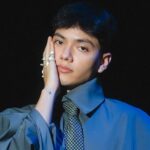
Interview with JJ, Eurovision 2025 Winner: “Live Each Day with Pride, Because We Are Unstoppable”
With his “pop opera”—as he defines his music—JJ brought victory to Austria at the recent
-
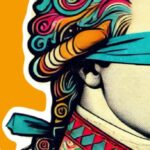
Midsummer Mozartiade: Celebrating Mozart and the Labyrinth of Love in Brussels
From June 17 to 22, the Midsummer Mozartiade festival returns to the heart of Brussels
-

Edy’s VERTIGO : Finding Truth Between Borders and Beats
” I was afraid to surrender,” says Edy Dinca, the Brussels-based queer artist behind the
-
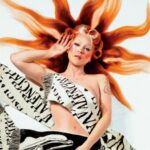
Valenciaga – Born form love, dressed in power
Brussels is well acquainted with queer creativity, but sometimes a voice emerges that leaves a
-
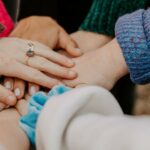
DAY-8-“Safety, Dignity, Belonging” Andrea’s mission at Wowen Now
In Brussels, Andrea from Women Now is on the front lines supporting LGBTQIA+ migrants and
